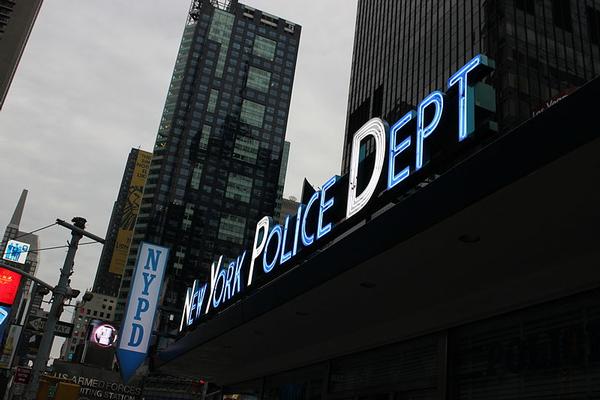
Photo by: Fxp42
Back in 2007 or so when the uproar over stop-and-frisk was just picking up, the NYPD made a point of referring to it as the “stop, question and frisk” program—to emphasize that the strategy was not focused on patting people down, but rather allowing police officers to ask questions of people who came under suspicion.
A new report by the New York Civil Liberties Union looks back on the whole history of stop-and-frisk (or stop-and-question-and-frisk) and reveals that among the more than 5 million stops the NYPD made from 2003 through 2013, 52 percent involved a frisk.
While not always present, frisking was clearly more than an incidental part of the strategy. Frisking was an element that yielded weapons about 2 percent of the time, and was more likely to occur among blacks and Latinos who were stopped, though those frisks were less likely to discover a weapon than frisks of whites.
The NYCLU also found that about a fifth of the stops involved some kind of force being used, although that was usually “placing hands on a suspect” and occasionally putting the person against a wall or handcuffing them. Relatively rare was an officer ordering a suspect to the ground, drawing a weapon or using pepper spray or a baton.
But taken together, all the frisking and forcing makes it clear that the program wasn’t about a cop stopping a man walking down the street to ask, “Where are you headed?”
The logical disconnect between those who derided and those who defended stop-and-frisk was always about volume. The NYPD said the racial skew merely reflected the race of crime suspects identified by witnesses, which made sense: If the victim says the rapist was black, the cops’ suspects will be black. Duh.
The problem was that the sheer number of people they stopped guaranteed that stop-and-frisk would get untethered from that logic. That’s why of the 5 million stops analyzed by the NYCLU, a modest 17 percent occurred because someone fit a relevant description and another 16 percent took place when someone sported a suspicious bulge or a violent crime was suspected. Far more common, at 44 percent of stops, was the rather vague “furtive movements.”
The NYCLU report feels like the final word on stop-and-frisk. It’s unclear, however, that that book is closed.
Shootings are up 13 percent in the city so far this year through August 10, and they’re 35 percent higher in the 75th precinct, which was the epicenter of stop-and-frisk. The death of Eric Garner has shifted scrutiny to “broken windows” policing, which, emphasizes high numbers of arrests for low-level crimes—very different from stop-and-frisk, which generated relatively few arrests, but an alternative approach for police that, obviously, has its own downsides.
If the crime rise persists, the NYCLU numbers could serve less as a retrospective on a policy mistake and more as a guide to craft what will be billed as a new, less Constitutionally-impaired version.








